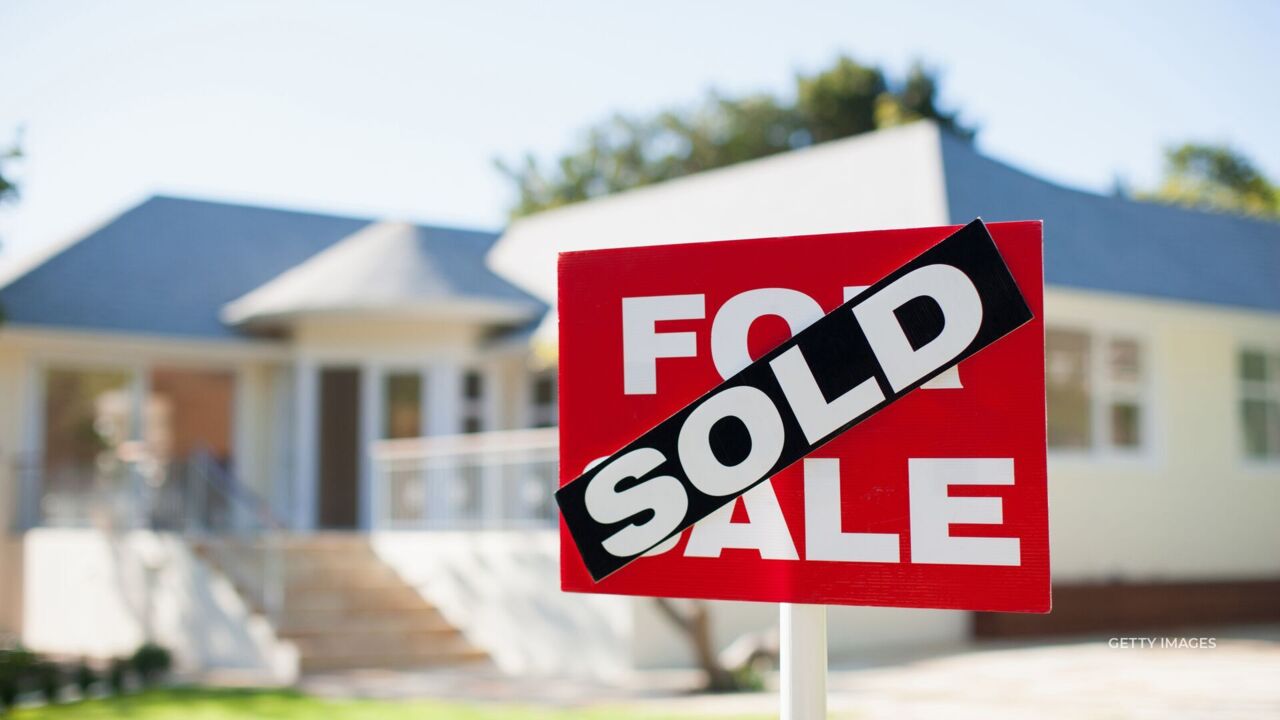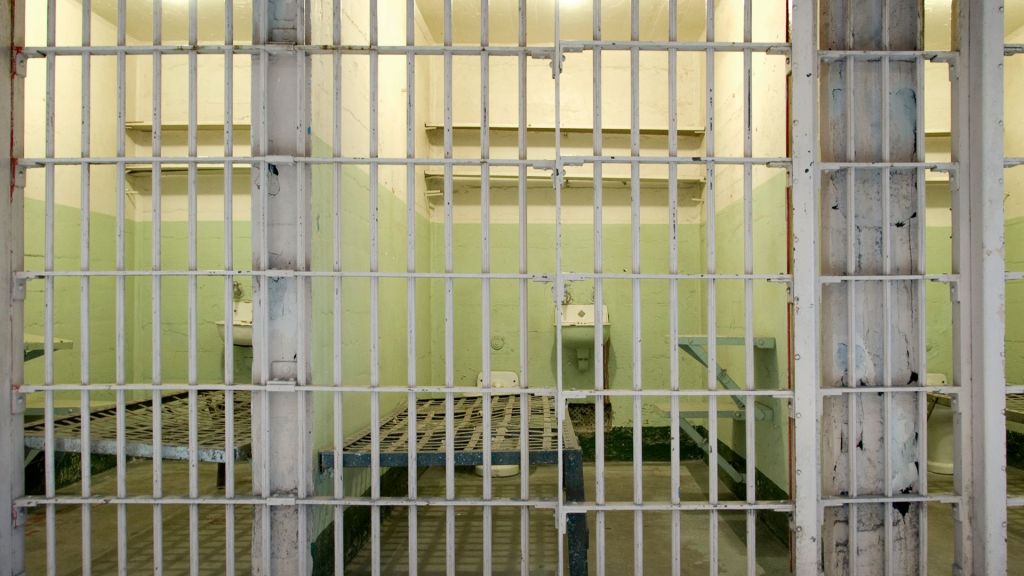
THE HOUSING MARKET CONTINUES TO COOL DOWN.
HOME RE-SALES FELL IN JULY FOR THE 6TH STRAIGHT MONTH IN THE FACE OF RISING MORTGAGE RATES AND INFLATION.
THE NATIONAL ASSOCIATION OF REALTORS ANNOUNCED A NEARLY 6-PERCENT DROP IN SALES FROM JUNE TO JULY.
HOME RESALES- WHICH ACCOUNT FOR THE BULK OF ALL HOME SALES- HAVE NOW FALLEN MORE THAN 20 PERCENT OVER THE PAST YEAR.
HOMES ARE NOW BEING RESOLD AT THE LOWEST LEVEL SINCE MAY OF 20-20 — JUST AFTER THE PANDEMIC BEGAN.
DESPITE THE SEEMING DROP IN DEMAND — THE PRICE OF HOMES HAS STAYED HIGH.
THE NATIONAL MEDIAN HOME WAS UP NEARLY ELEVEN-PERCENT IN JULY COMPARED TO A YEAR EARLIER.










